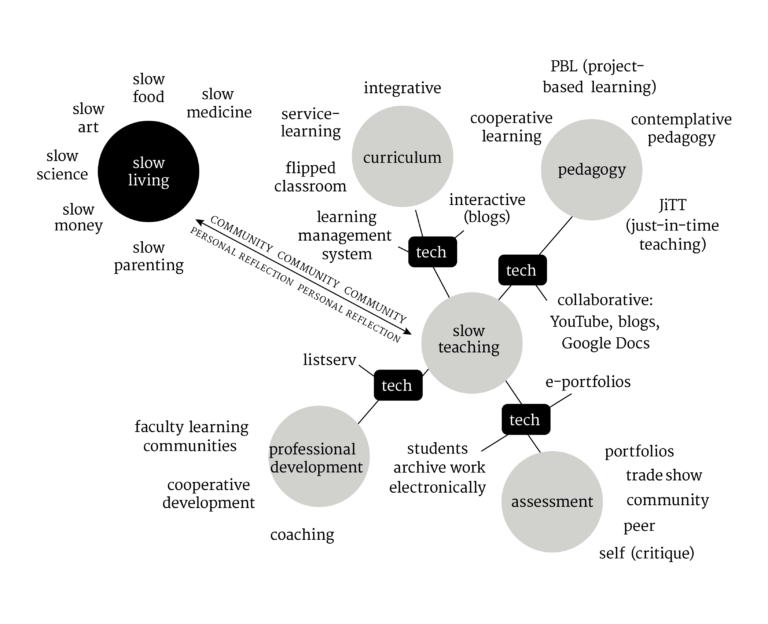Teach them to do it badly
 At the closing of SXSWEdu a few years ago, I watched one of the most memorable keynote addresses to educators that I have ever seen. Jeffrey Tambor quoted one of his favorite writers, Henry Miller, as saying “I did not learn to write, until my teacher told me to ‘do it badly’’.
At the closing of SXSWEdu a few years ago, I watched one of the most memorable keynote addresses to educators that I have ever seen. Jeffrey Tambor quoted one of his favorite writers, Henry Miller, as saying “I did not learn to write, until my teacher told me to ‘do it badly’’.
What did Henry Miller mean by this and how can we use this idea in our own classrooms? I believe the answer is twofold. Part of it involves focusing on the content that matters and dropping assumptions and unwanted learned behaviors. The other part is based on the idea that we need to bring students into the revision cycle as soon as possible.
Students are often reluctant to share and publish work because of fear. They are afraid of showing their ignorance; they are afraid of doing the wrong thing and being judged harshly by their peers. They put off engaging with the subject until they feel more comfortable with a base of introductory material. We as teachers often assume that students need weeks of preparation before they can meaningfully engage in higher-order learning. But like the acting method which Jeffrey Tambor espouses there is definite value in creating a space where students can practice and create disastrously bad work, often with humorous results.
The value in creating low-stakes early failures is that it draws students into the revision cycle early. It smashes the participation barrier. It also gives peers an opportunity to critically analyze work that needs an improvement and apply their own developing knowledge. More important than being able to obtain a satisfactory result, it’s critical that students learn to recognize how their work can be improved. In some skills, like writing, this is a well practiced method. There are many resources for learning about “The Writing Process’. Those who are instructors in other subjects may think that revision and improvement play little or no role. Allow me to provide some examples that may change your mind:
- Computer Science – improve code blocks and functions so they are more maintainable, especially in a team. Refactor to bring increased speed and adaptability
- Lab Sciences – collect more data with improved accuracy and precision, present data graphically with more insight, refine experimental procedures to better study the subject
- Foreign Languages – improve vocabulary and grammatical skills with repeated attempts at natural conversation and formal presentations
- Engineering Disciplines – create works that not only meet but exceed specifications, with less expense and in less time.
- Management – produce ever more responsive and flexible plans based on increasingly more realistic and complex case studies
In any method used in instruction, you must consider how it fits within the confines of your learning space, namely a time period that spans a semester. One of the hurdles to overcome in providing for more revision of student work is how many times you are capable of providing meaningful assessment. This is where informal and low-stakes peer assessment proves useful.
Student work purposefully “done badly’, can provide easy examples for peers to offer helpful criticism. When everyone realizes that “it’s done badly’, it removes the fear of failing in front of classmates and provides huge amounts of room for improvement. It will give you and your students large and measured examples that will show student growth over the semester.
References
Tambor, J. (2014). SXSWedu 2014 Keynote – Jeffrey Tambor: Performing Your Life in the Classroom.
Download and share this Teaching Tip: TT-DoItBadly




[…] We can help our students who suffer from PSA think more of public speaking in terms of communication rather than evaluation. Providing a series of learning activities that allows for speaking practice gives them a chance to build confidence. Changing the setting from judgement to shared laughter can be accomplished with a borrowed acting technique called “Doing It Badlyâ€. […]
Grate gob!
No, seriously, this is a fantastic exercise. Have you read Gerald Grow’s work?